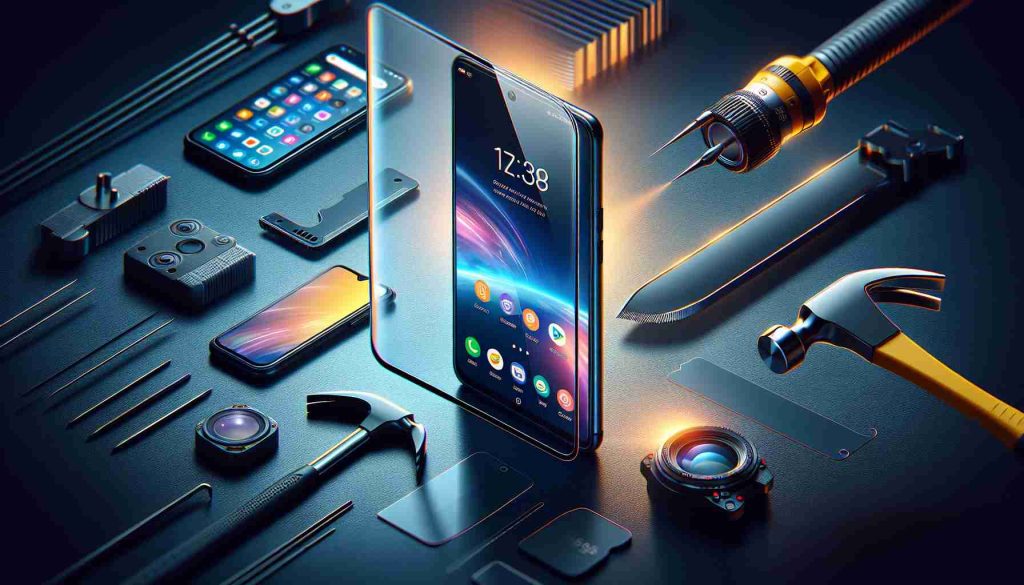Children Benefit from Delayed Smartphone Access
Research suggests that waiting to provide children with smartphones until they are older can be beneficial for their development. While some children as young as 5 may have access to smartphones, experts recommend holding off until at least 11 years of age to foster a healthier relationship with digital technology.
Limiting Access and Parental Control
In order to promote a safe digital environment for children, it is essential for parents to exercise control over their child’s smartphone usage. Setting limits on screen time, monitoring social media interactions, and restricting access to inappropriate content are crucial steps in safeguarding children’s online experiences.
Empowering Parents to Make Informed Choices
Rather than enforcing age restrictions on smartphone purchases, providers can support parents in making informed decisions about their children’s technology usage. By offering guidance on selecting devices with limited capabilities and implementing effective parental controls, companies can empower parents to choose what is best for their child’s digital well-being.
Government Perspectives on Smartphone Regulations
While there have been discussions about potential age restrictions on smartphone usage, the focus remains on empowering parents to make responsible choices for their children. Government officials recognize the importance of balancing safety concerns with individual freedoms when it comes to regulating smartphone access for minors.
Creating a Balanced Approach to Technology
As we navigate the digital age, it is crucial to strike a balance between embracing technological advancements and prioritizing the well-being of children. By promoting responsible smartphone use and supporting parents in their role as digital mentors, we can create a healthier relationship with technology for future generations.
Developing Healthy Smartphone Habits in Children
In addition to the existing guidelines for healthy smartphone use in children, several important questions arise when considering this topic:
What are the effects of excessive smartphone use on children?
Excessive smartphone use in children has been linked to various negative impacts, including disrupted sleep patterns, decreased physical activity, and impaired social interactions. It may also contribute to issues such as cyberbullying, online predators, and mental health concerns.
How can parents effectively monitor and moderate their children’s smartphone usage?
Parental monitoring tools and software can help parents track their child’s smartphone activity, set usage limits, and block inappropriate content. However, finding a balance between supervision and fostering independence is a key challenge for parents.
What are the key controversies surrounding children’s smartphone use?
One controversial aspect is the debate between proponents of early smartphone exposure for educational purposes and those advocating for delayed access to protect children’s well-being. Another issue involves the tension between privacy concerns and the need for parental oversight in monitoring children’s online activities.
In terms of advantages, empowering parents with resources and information to guide their children’s smartphone use can lead to safer digital experiences and improved communication within families. Additionally, setting boundaries and establishing healthy tech habits early on can help children develop better self-regulation skills in the long run.
On the other hand, one disadvantage is the potential for conflict between parents and children over smartphone rules and restrictions. Striking a balance between fostering independence and ensuring safety can be a source of tension in families. Furthermore, the rapid evolution of technology poses a continuous challenge for parents to stay updated on the latest trends and risks associated with smartphone use.
For further insights on this topic, you can explore resources available on the HealthyChildren.org website, which offers comprehensive information on children’s health and well-being, including guidelines for healthy technology use.























